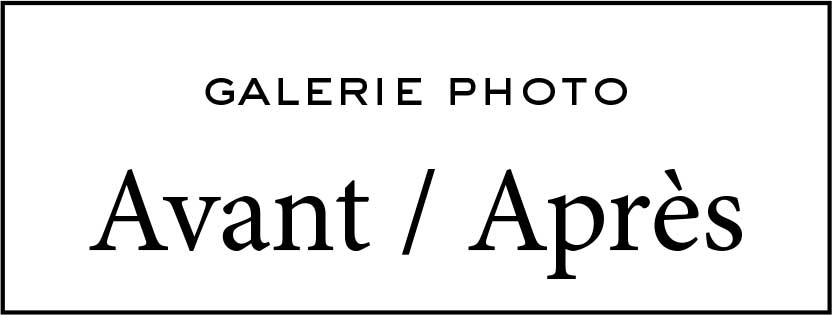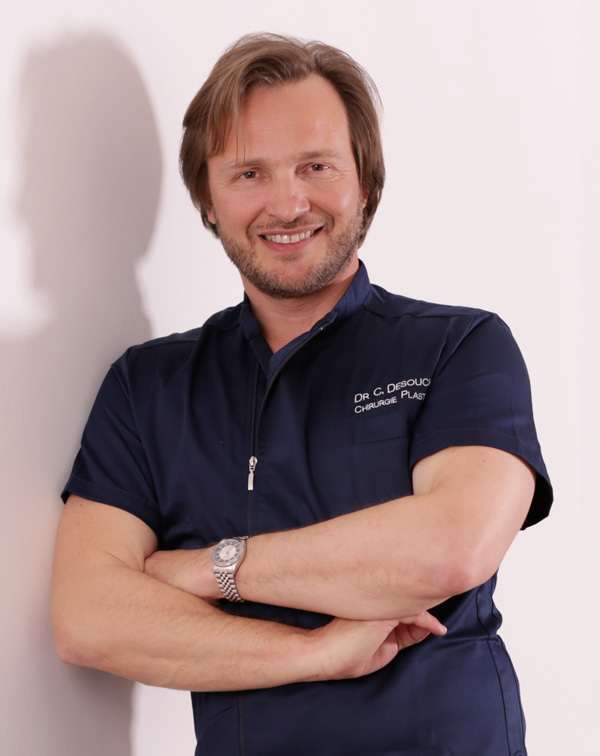Did you know that the first marketing authorization for the toxin (Botox) was obtained for strabismus?
Focus on the explanation provided by the Doctor Christophe Desouches, cosmetic surgeon in Marseille.
It was Dr Alan Scott who, in 1978, first used clinically Botox to treat strabismus. Subsequently, Dr. Scott extended its use to nystagmus, hemifacial spasm, eyelid retraction, torticollis and leg spasticity.
then spread to other ophthalmological pathologies (blepharospasm, oscillopsia, medial tarsorrhaphy, lacrimal hypersecretaion), to numerous focal dystonias (spasmodic torticollis, writer's cramp, oromandibular dystonia, laryngeal dystonia), to spasticities (after accident) cerebrovascular disease, multiple sclerosis, cerebral palsy), abnormal movements (tremors of the soft palate, head, myoclonus of the limbs, tics) and migraines.
Its efficacy has also been demonstrated in various gastroenterological (dysphagia, achalasia, hypertrophic pyloric stenosis, sphincter of Oddi stenosis, Hirschsprung's disease, anal fissure, hemorrhoids, proctalgia) and urological (overactive bladder, vesico-sphincteric dysynergy). ).
In 1987, Jean and Alistair Carrurthers noted a reduction in expression lines by botulinum toxin after treating patients for facial dystonia.
Since 1990, the Botox injections are used successfully and exponentially for the treatment of expression wrinkles in particular of the upper third of the face.
The first observation of the effect of botulinum toxin on sweat was described in 1880 by Justinus Kerner who noticed a decrease in sweating in patients with botulism.
Botulinum toxin is the treatment of choice for the management of the upper third of the face.
Today botulinum toxin is the treatment of choice in the management of frown lines, crow's feet lines and forehead lines. It allows you to reposition the eyebrow and raise its tail.




